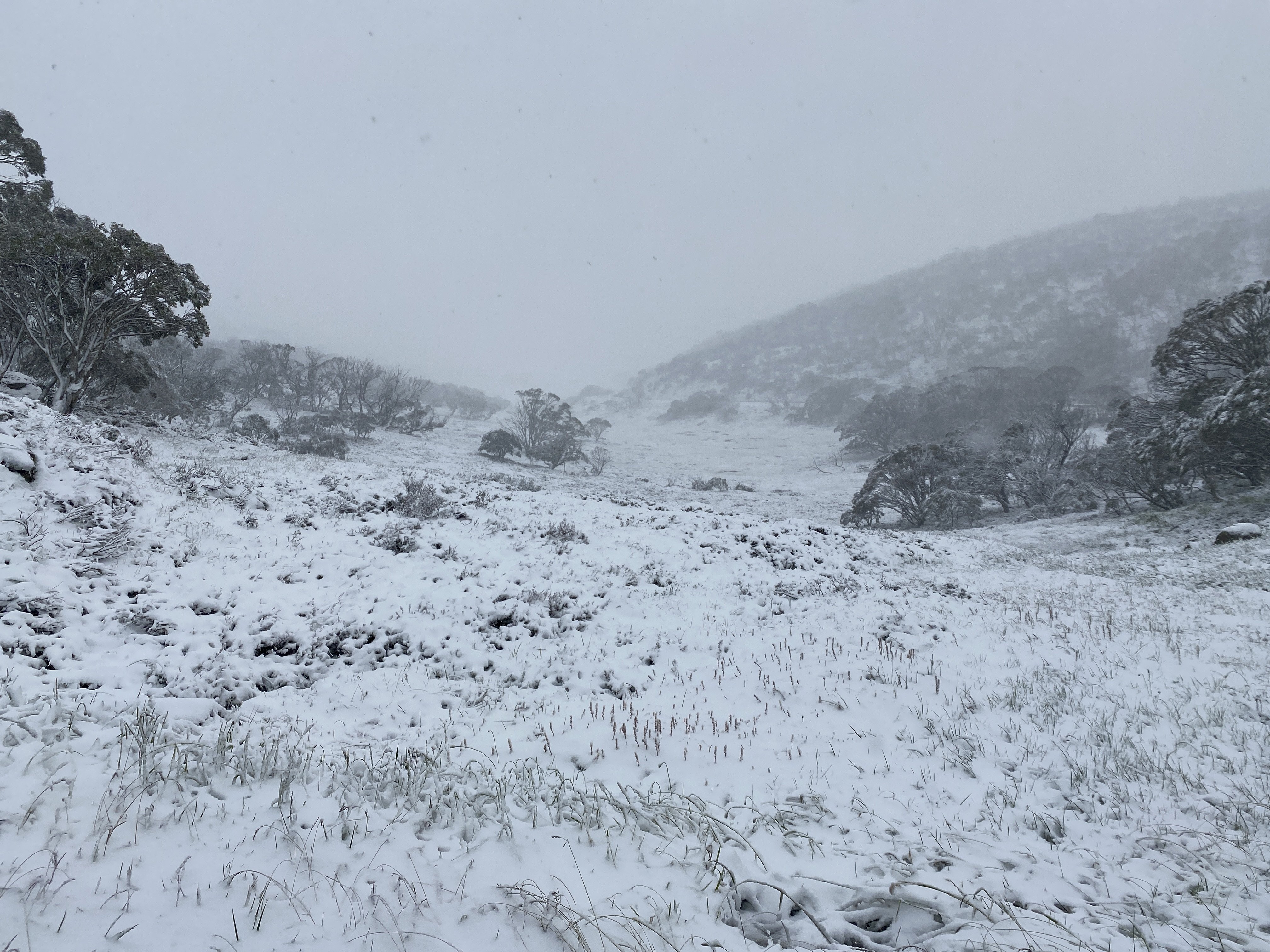Find Out the Ideal Periods of Year to See Snow In Australia Firsthand
Find Out the Ideal Periods of Year to See Snow In Australia Firsthand
Blog Article
Discover the Remarkable Effects of Snow in Australia on Neighborhood Environments
Despite its online reputation for sun-soaked landscapes, Australia additionally flaunts regions blanketed by snow-- a sensation that exceptionally affects the nation's distinct communities. The protecting homes of snowflakes protect plants and fauna among the chilliest winters months, while the melting snow supports rivers and aquatic life. The real marvel lies in exactly how these icy conditions form the country's biodiversity and nutrient cycles. As we decipher this complex connection, we locate ourselves treading on undiscovered grounds in Australia's high nation.
The Unexpected Areas of Snowfall in Australia
Although Australia is usually linked with sandy coastlines and sun-scorched landscapes, particular areas remarkably experience snowfall. The high country areas of New South Wales, Victoria, and Tasmania are particularly recognized for their winter months snow. The Snowy Hills in NSW, for instance, get plentiful seasonal snow, providing a stark comparison to the nation's normal hot, arid environment. Meanwhile, the Victorian Alps and components of Tasmania also see yearly snowfalls, changing the landscape right into a winter months wonderland. These areas are not simply abnormalities however integral components of Australia's varied climate system. The presence of snow in these areas significantly influences local ecological communities, ultimately impacting the nation's distinct biodiversity. The particular effect on Australia's unique plants will be reviewed in the following area.

Just How Snow Impacts Australia's Special Flora
While it might appear unusual, snowfall in Australia plays an important duty in forming the nation's one-of-a-kind plants. The snow-filled winter seasons foster strength in Australian plant species. This is particularly apparent in the sub-alpine and alpine areas, where snow gum tissues and hill plum-pines grow. These plants have actually progressed to survive in severe problems, with snow functioning as a safety blanket from harsh winds and freezing temperatures. The snow likewise contributes to the moisture web content of the dirt, offering required hydration for plant throughout the completely dry summertime. In significance, the snow influences the timing of flowering and seed dispersal, the development rates, and the survival of several plant types, showcasing the detailed interplay between climate and flora in Australia.

The Adjustments of Australian Animal to Snowfall
Simply as Australia's flora has adjusted to the a fantastic read wintery conditions, the local animals also, display remarkable adaptations to the snowfall. It utilizes the snow as insulation, hibernating in rock holes beneath the snow to remain warm. The Snow Skink, a types of lizard, alters its colour to white during winter season, giving camouflage against predators.
The Duty of Snow fit Local Environments
In shaping the neighborhood ecosystems, the role of snow in Australia is both multilayered and extensive. Snow supplies an essential water resource, feeding rivers and tanks as it melts, hence sustaining a selection of water life types. The presence of snow shapes the greenery patterns, pet behavior, and total sustainability of Australia's unique communities.

The Future of Snowfall in Australia: Effects and forecasts

Given the vital duty snow plays in forming regional communities, the future of snowfall in Australia is drawing enhancing focus from ecologists and scientists. Existing climate designs anticipate a substantial reduction in snowfall due to worldwide warming, with possibly profound effects on local ecological communities. Much less snow can lead to reduced water navigate to this website accessibility in towering regions, detrimentally influencing wild animals habitats and plant life. Additionally, it might modify the timing of seasonal adjustments, interfering with the life process of several native species. The tourist sector, greatly dependent on the winter snow period, might additionally deal with considerable challenges. For that reason, recognizing these predictions and their effects is vital to create effective preservation approaches, guaranteeing the conservation of Australia's special biodiversity and the sustainability of its economy.
Final Thought
The function of snow in Australia's ecosystems is critical yet frequently neglected. It serves as a protector, a nurturer, see this here and a shaper of varied towering varieties, adding to the splendor of Australia's high nation. As weather patterns proceed to change, understanding the ramifications and potential makeovers of these snow-influenced ecosystems is essential. Hence, the snow in Australia is greater than a natural phenomenon; it's a vital player in the nation's ecological story.
Regardless of its credibility for sun-soaked landscapes, Australia likewise flaunts regions blanketed by snow-- a phenomenon that greatly affects the nation's distinct ecosystems. It utilizes the snow as insulation, hibernating in rock crevices below the snow to stay warm - Does Australia Get Snow.In shaping the regional ecological communities, the function of snow in Australia is both multilayered and extensive. The existence of snow forms the plant life patterns, pet habits, and general sustainability of Australia's special ecosystems
Offered the important function snow plays in forming local ecosystems, the future of snowfall in Australia is drawing enhancing attention from scientists and environmentalists.
Report this page